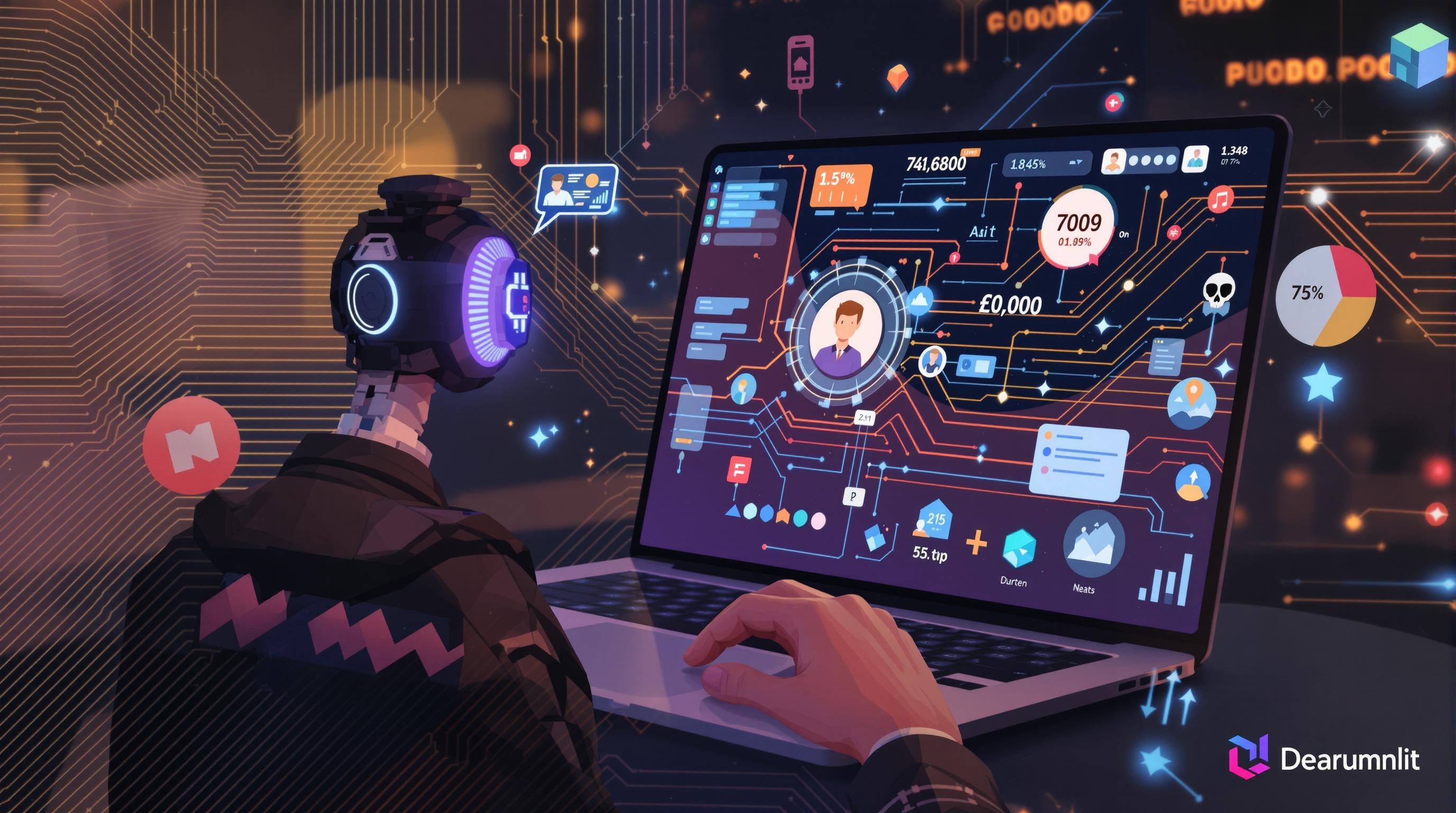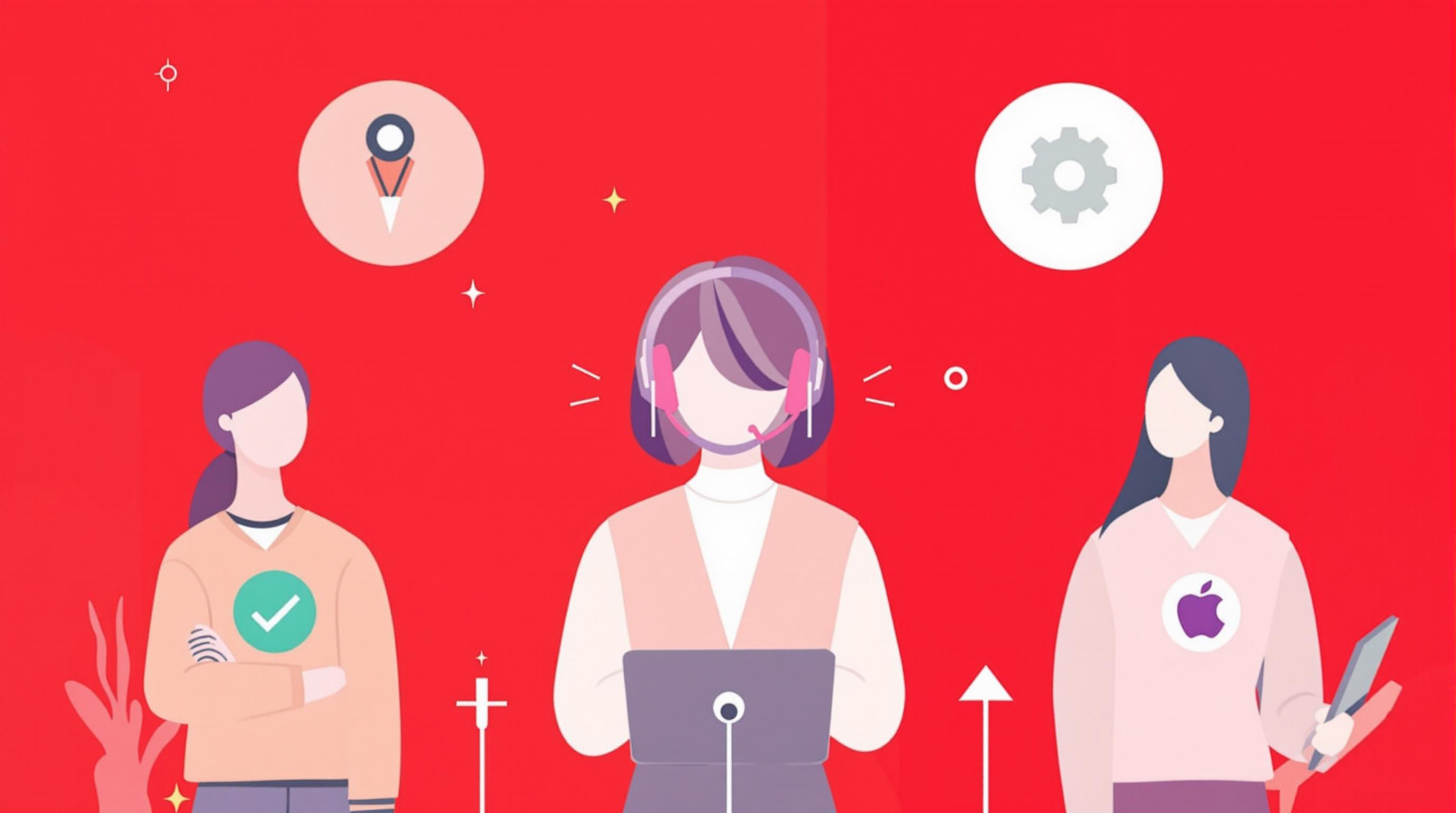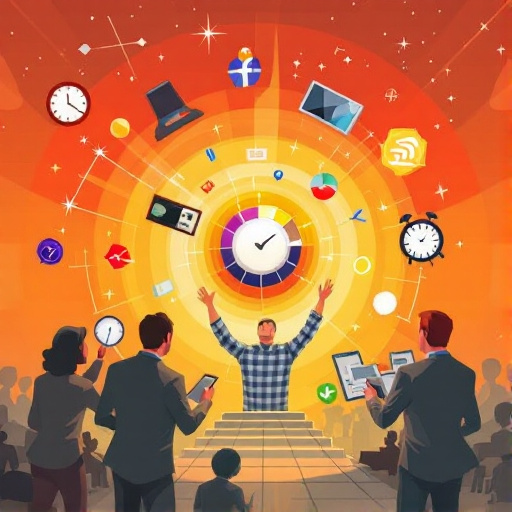Featured Articles
- 7 Game-Changing AI Recruitment Platforms Released Since 2019 That Are Redefining Hiring Efficiency
- Harnessing the Power of Micro-Experiences: A New Frontier in Employee Engagement and Retention Strategies
- Navigating the Quirks of Remote Teams: Unconventional HR Tips for Boosting Virtual Morale
- Top 6 Workforce Analytics Platforms Launched Since 2019: In-Depth Reviews and ROI Rankings for HR Leaders
- Top 8 Talent Management Tools Launched Since 2019: A Comprehensive Comparison and Buyer’s Guide
Uncovering the Unseen: How Neurodiversity Is Shaping HR Practices and Workforce Innovation
Uncovering the Unseen: How Neurodiversity Is Shaping HR Practices and Workforce Innovation
Neurodiversity is transforming HR practices by fostering inclusive workplaces that leverage diverse cognitive perspectives, enhancing innovation and productivity. As organizations embrace this shift, they not only break down barriers but also reap the benefits of varied thinking styles that can drive success in today's dynamic job market.
The Many Faces of Neurodiversity
Neurodiversity is a term that represents a spectrum of neurological differences, including but not limited to autism, ADHD, dyslexia, and more. It reframes how we view these differences—not as deficits, but as part of the rich tapestry of human diversity. According to a study by the Harvard Business Review, companies that embraced neurodiverse employees reported 30% higher performance metrics, signaling that inclusivity is not just the right thing to do; it's also profitable.
The Shift in Corporate Mindsets
In previous decades, companies often viewed neurological differences as challenges to be managed or mitigated. Fast forward to today, and we witness a remarkable shift. Organizations like Microsoft, SAP, and Ernst & Young are implementing programs specifically designed to recruit and support neurodiverse talent. By doing so, they’re acknowledging that traditional notions of "normal" are limiting, and fostering an environment that values unique viewpoints leads to better problem-solving and innovation.
Anecdotes of Neurodiverse Success
The success stories of neurodiverse individuals in the workplace are as varied as they are inspiring. One notable case involves a young software engineer named Tara who, diagnosed with dyslexia, approaches coding with a visual orientation. “While others see code as a series of instructions, I see a map,” she explains, offering a unique perspective that has led her team to innovate solutions that others couldn't have imagined. Tara's experience is one of many that illustrate how neurodiversity can catalyze creativity and elevate team performance.
Breaking Down Barriers with Creativity
In case you weren’t aware, having a neurodiverse workforce isn't just about hiring different types of minds; it also involves adapting workplace practices to create a welcoming environment. For instance, Google has implemented quiet working spaces for their neurodiverse employees, recognizing that certain stimuli can be overwhelming. By understanding their employees' needs and encouraging flexibility, they foster an environment where everyone can thrive. After all, who wouldn’t be more productive in an environment that feels comfortable?
HR Practices of Tomorrow
As neurodiversity continues to shape our understanding of talent, HR functions are evolving rapidly. Traditional hiring processes—often based on standard interviews and assessments—are being swapped for more innovative approaches that allow candidates to showcase their skills in ways that align with their strengths. For instance, some companies now employ work trials instead of relying solely on resumes and interviews. This hands-on approach provides a more comprehensive view of a candidate’s capabilities, aligning well with neurodiverse individuals’ unique ways of thinking.
The Financial Incentive Behind Inclusion
A report from the Center for Neurodiversity found that companies which actively recruit neurodiverse talent can expect a 20% increase in productivity. This statistic underscores the rationale for inclusivity: when you empower diverse thinkers, you cultivate an atmosphere ripe for innovation. In other words, neurodiversity isn’t just a moral imperative—it’s an economic strategy.
The Business Case for Embracing Neurodiversity
Let’s face it—random trivia, but: did you know that 1 in 7 people is neurodivergent? This staggering statistic suggests that there’s a wealth of untapped potential within your talent pool. Organizations failing to embrace such diversity risks missing out on crucial insights that could set them apart from competitors. With an increasingly complex world, the nuanced perspectives offered by neurodiverse talent are more vital than ever.
Embracing Education and Awareness
On a lighter note, have you ever heard a colleague say, "I can’t work with distractions!"? It’s a familiar sentiment that many can empathize with. Yet, for neurodiverse individuals, the quest for an accommodating work environment is paramount. Implementing education programs to raise awareness about neurodiversity leads to better collaboration and cohabitation in the workplace. Training can cover simple things, like understanding sensory sensitivities or communication styles, and often makes all the difference.
Building a Culture of Acceptance
Creating an inclusive workplace culture involves actively promoting acceptance and understanding among all employees. Comprehensive policies that allow for flexible working arrangements, sensory-friendly environments, and accessible resources demonstrate a commitment to neurodiversity. And here's a thought: invoking humor in conversations about neurodiversity can reduce stigma! For example, instead of awkwardly navigating a meeting with a neurodiverse colleague, try breaking the ice. Something like, “So, who needs coffee when we can have a stimulating discussion about our favorite coding languages?” would do wonders.
The Future Is Inclusive
What’s next for neurodiversity in the workplace? With the rapid growth of remote work, we are witnessing new opportunities for neurodiverse individuals who might find traditional office dynamics challenging. A remote job can allow flexibility, reducing stressors and facilitating productivity—essential elements for many neurodiverse workers. Companies that adapt to this new reality will have a considerable advantage in attracting and retaining top talent.
Case Studies of Transformation
Microsoft is a great example of a company making strides in this space. Their "Neurodiversity Hiring Program" identifies unique processes tailored to neurodivergent applicants. They focus not just on skills but also on potential. Feedback from participants has revealed a newfound sense of belonging that enhances their productivity and satisfaction. They are indeed paving the way for what an inclusive workplace should look like.
Conclusion: The Road Ahead
In light of the evidence presented, one thing is crystal clear: neurodiversity is not just a trend; it's a significant shift in our understanding of talent, innovation, and workplace environments. By fostering an inclusive culture, companies position themselves for higher creativity, increased performance, and, most importantly, a happier workforce. As we move forward, let's ensure our workplaces embrace the beauty and brilliance of all minds, affirming that sometimes, thinking differently is what the world needs most.
In wrapping up, remember that every effort counts. Whether you’re a budding HR professional or a seasoned executive, consider how you can champion neurodiversity within your organization. After all, the future belongs to those bold enough to embrace the unseen.




